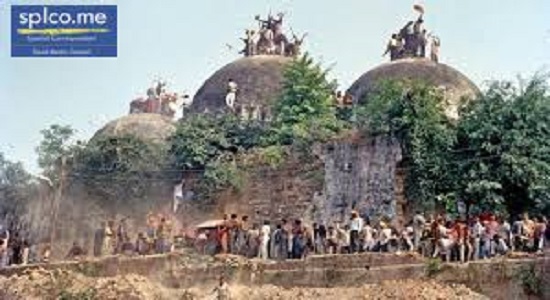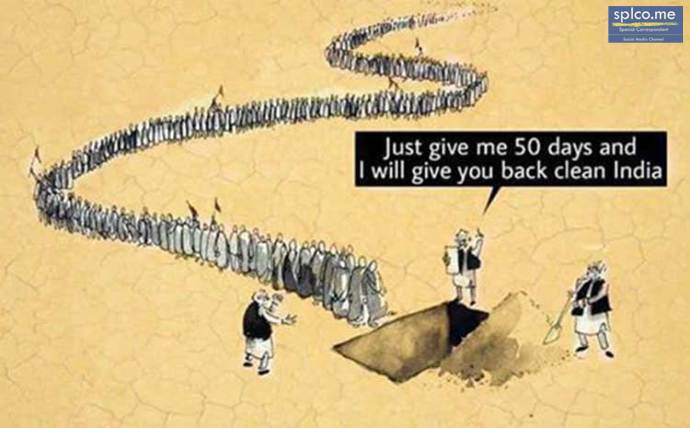The Supreme Court will begin the final hearings in the ultra-sensitive Ayodhya case from today. As the top court resumes the hearings, here are 10 point important events that would help readers understand the case so far:

Today’s hearing assumes significance in the wake of the rejection by a special bench headed by Chief Justice Dipak Misra, the vehement submission by Sunni Waqf Board and others that the pleas be heard after the next general elections.
The bench, also comprising Justices Ashok Bhushan and SA Nazeer, had made clear on December 5 last year, that it would begin final hearing on the petitions from February 8 and had asked the parties to file the requisite pleadings in the meantime.
Senior lawyers including Kapil Sibal and Rajeev Dhavan had contended that the civil appeals be either referred to a five or seven judge bench or posted in 2019 keeping in mind the sensitive nature of the case and its ramifications on the country's secular fabric and polity.
The top court had asked the advocates on records (AoRs), dealing with as many 14 civil appeals against the 2010 judgment of the Allahabad High Court in the land dispute, to ensure that all requisite documents are translated, filed and numbered before the apex court Registry.
The special bench of the apex court is seized of a total 14 appeals filed against the High Court judgement delivered in four civil suits.
A three-judge bench of the Allahabad High Court, in a 2:1 majority ruling, had in 2010 ordered that the land be partitioned equally among three parties -- the Sunni Waqf Board, the Nirmohi Akhara and Ram Lalla.
Apart from the case, Ayodhya has been in news for other reasons as well. Last year, Uttar Pradesh Chief Minister Yogi Adityanath organised a grand Diwali celebrations in the temple town. The Yogi government has also planned for a giant statue of Lord Ram on the banks of Saryu.
UP DGP Surya Kumar Shukla sparked a major controversy after a video went viral in which he was seen openly favouring the construction of the Ram Mandir in Ayodhya "at the earliest".
The Babri Masjid (translation: Mosque of Babur) was a mosque in Ayodhya, India. Located in Faizabad district, it was one of the largest mosques in the Uttar Pradesh state. According to the mosque's inscriptions, it was built in 1528–29 CE (935 AH) by Mir Baqi, on orders of the Mughal emperor Babur after whom it is named.
The mosque was located on a hill known as Ramkot "Rama's fort". According to hearsay, Baqi destroyed a pre-existing temple of Rama at the site.
Limited historical evidence exists to support this theory and the existence of the temple itself is a matter of controversy. A report by the Archaeological Survey of India suggested that a temple existed at the site.
The political, historical and socio-religious debate over the history of the site and whether a previous temple was demolished or modified to create the mosque, is known as the Ayodhya dispute.
Starting in the 19th century, there were several conflicts and court disputes between Hindus and Muslims over the mosque. On 6 December 1992, the demolition of the Babri Masjid by Hindutva nationalist groups supported by BJP triggered riots all over India, leading to around 2,000 deaths.














